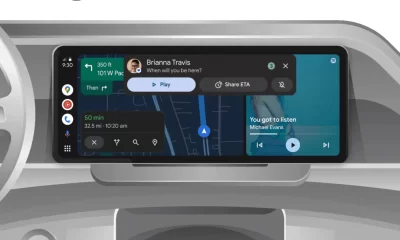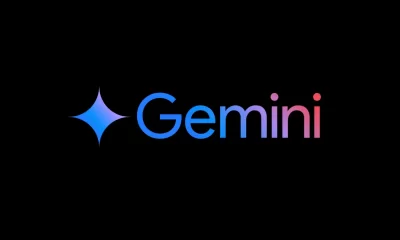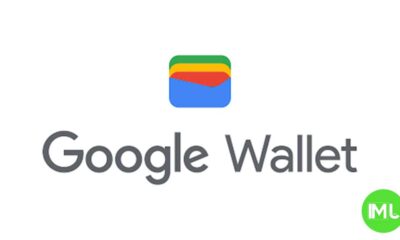Pixel 7 Pro display issue highlights Google’s service shortcomings compared to Samsung
Top 3 Key Points:
- Pixel 7 Pro Display Issues Persist: An Indian Pixel 7 Pro user faces the line-on-display problem 20 months after purchase, with no satisfactory resolution from Google.
- Google’s Limited Warranty: Google’s extended warranty covers only the Pixel 8, leaving other Pixel models without free display replacements for similar issues.
- Samsung’s Superior Support: Samsung offers free display replacements for quality defects, reinforcing its reputation as a more reliable choice for Android users.
Samsung Galaxy users are familiar with the display line issue, but the way Samsung handles these problems sets it apart from other brands. The recent case of a Google Pixel 7 Pro user in India has once again shown that Samsung’s support is far superior to Google’s.
This Pixel 7 Pro owner experienced the notorious line-on-display issue after using the phone for nearly 20 months. Unfortunately, the device was out of warranty, and it highlights a growing problem with OLED failures in Google devices, with no effective solution in sight.
In June, Google introduced an extended warranty for the Pixel 8 series, offering coverage for OLED vertical line issues for up to three years. However, this policy excludes all other Pixel models, leaving owners of older devices without the same protection. For the Pixel 7 Pro owner, this meant facing the possibility of having to discard an expensive phone because Google’s support declined to cover the cost of a display replacement.
My Google Pixel 7 Pro just became a victim of the Pink Line on Display issue🥲
Worst ever🤕
No drop, accidental damage or water insertion🤯
Less hope Google will fix it FOC as Samsung does👀
Bought it on December 5, 2022🤕@Google @madebygoogle @GoogleIndia #Pixel7Pro pic.twitter.com/IkmnTB6Dns
— Yash Rathore (@YashRathoreX) August 11, 2024
Google’s community forums and Reddit threads are filled with similar complaints, where users report vertical lines appearing on their screens without any physical damage. The only option for these users is to pay out of pocket to replace the faulty display.
In contrast, Samsung provides free display replacements for quality defects, as long as the phone passes an inspection for physical or water damage. This commitment to customer service is one reason Samsung remains a trusted brand among Android users.
As Google prepares to launch its Pixel 9 series, the company must address these persistent display issues if it wants to build consumer trust. A flagship phone that costs around $1000 should last more than two years without major problems.
For consumers, it’s advisable to choose brands with reliable service centers nearby. Samsung continues to be the preferred choice for many, thanks to its consistent customer support. Without significant improvements in how it handles product defects, Google may struggle to keep up in the competitive smartphone market.
Android
Google apps and Android Auto get fresh looks and smart updates
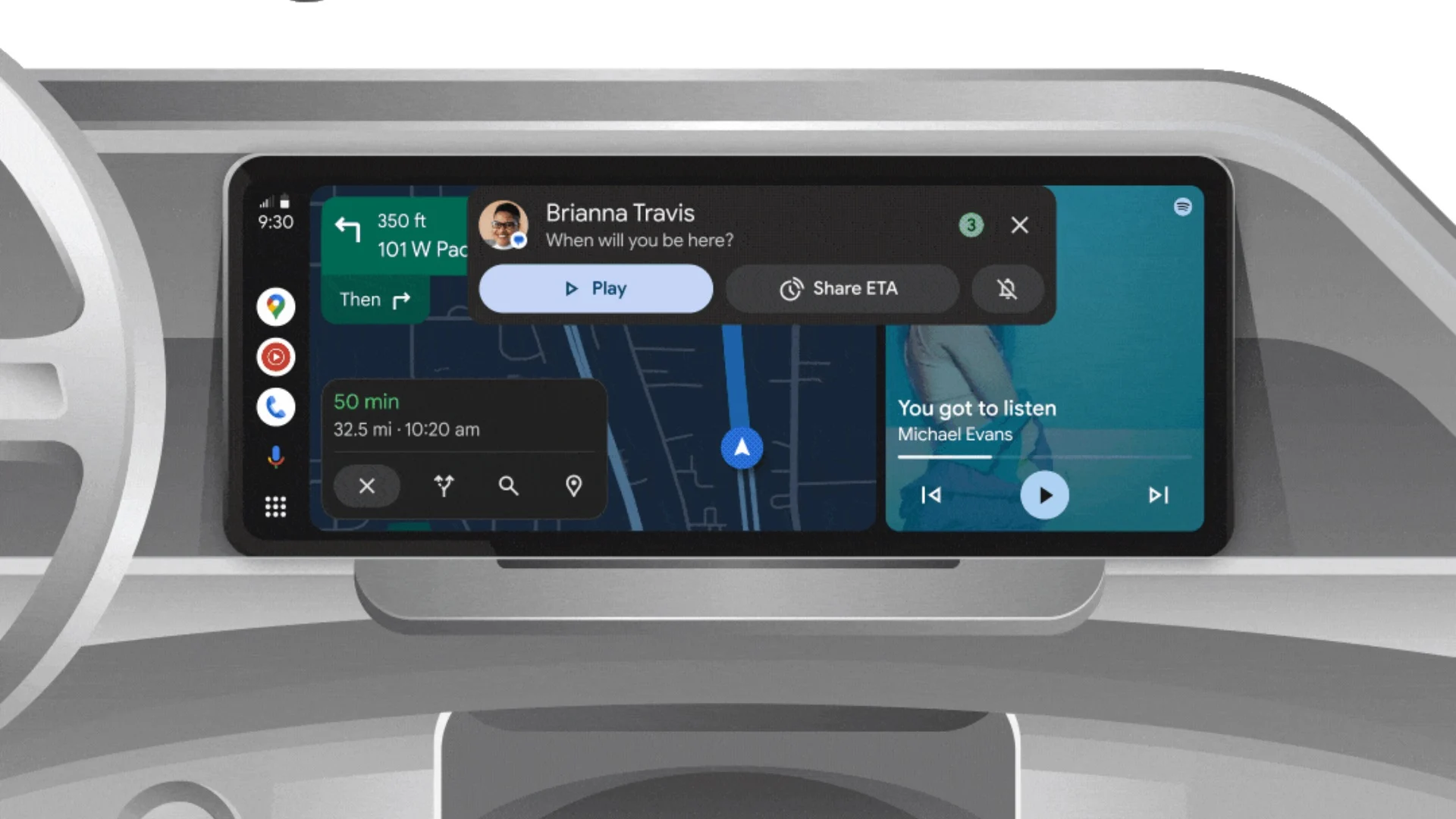
Google is bringing a cleaner and more modern design to many of its apps with the latest Material You changes. Apps like Google Calendar, Contacts, and others now have rounded corners, better spacing, and improved colors. These small updates make the apps look more polished and easier to use, especially on tablets and foldable phones. Google is quietly adding these updates through server-side changes, so users don’t need to download anything extra.
At the same time, Android Auto is also getting a helpful new feature. Google is testing built-in climate controls that let you adjust your car’s temperature and fan settings directly from the Android Auto screen. A demo shown by Google includes a new “Climate” button on the screen, which opens controls like temperature, fan speed, and even seat heaters.
This update is meant to reduce distractions while driving, as drivers won’t need to switch between different screens or reach for physical buttons. Google says the feature will work on cars that already support digital climate control systems.
Together, these changes show how Google is making its software not just prettier, but smarter and more user-friendly. Whether you’re checking your calendar or driving to work, these improvements are designed to make daily tasks easier and safer.
Gemini app gets new look and better controls for switching ai models
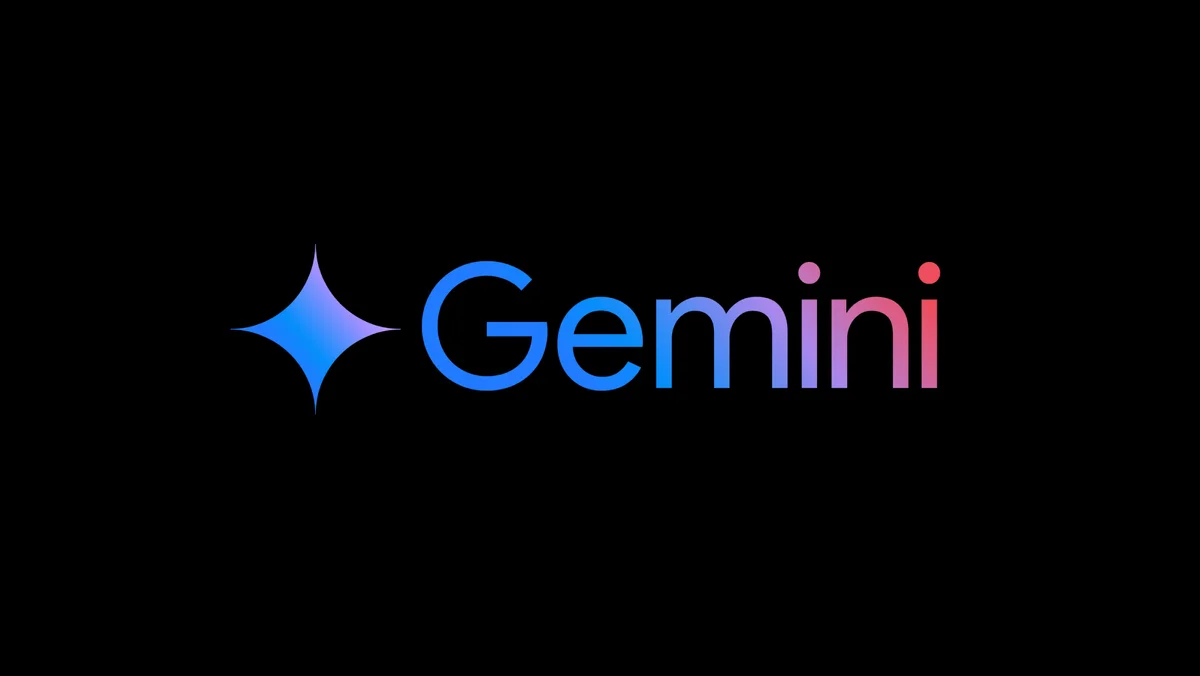
Google is giving its Gemini app a fresh new design on Android to make things easier for users. The biggest change is how you switch between different Gemini AI models like Gemini 1.5 Pro and Gemini 1.0 Pro.
In the old version of the app, you had to dig into the settings menu to switch models, which wasn’t very convenient. But now, Google has made it simpler by adding a new button right below the chat box. This lets you quickly choose the AI model you want to use. You’ll also see a short note explaining what each model is good at, helping you decide which one to use.
The new layout also moves the microphone and image upload buttons. They now sit to the left of the text input bar, which makes the bottom of the screen look cleaner and more organized.
These updates seem to be rolling out slowly, so not everyone will see them right away. However, it looks like Google is testing these changes before launching them more widely.
With this update, Google is trying to make the Gemini app more user-friendly and give people more control over how they interact with its AI tools. It’s a small but helpful step in improving the overall experience.
Gemini app now blocks kids’ access and Google Clock adds new alarm features

Google has updated its Gemini app to make it safer for kids. Now, children with supervised accounts through Google Family Link can no longer use the Gemini app or its chatbot on Android. When they try to open it, they’ll see a message saying the app isn’t available for their account. This change also affects the Gemini experience inside the Google app.
This move is meant to protect kids from AI tools that might not be suitable for them. While supervised accounts still work with some other Google apps like Search, Gemini is now off-limits for younger users. Google hasn’t said if this block will ever be lifted or if they’re planning a kid-friendly version of Gemini in the future.
At the same time, the Google Clock app has received a small but helpful update. Version 7.13 brings a new option called “Alarm display when device is locked.” When you turn this on, your upcoming alarm will show at the bottom of the lock screen. This makes it easier to check your next alarm without unlocking your phone. You’ll find this option under the alarm settings by tapping the three-dot menu.
Both of these updates show how Google is working to make its apps more helpful and safer for everyone.
-

 Apps1 year ago
Apps1 year agoGboard Proofread feature will support selected text
-

 News1 year ago
News1 year agoSamsung USA crafting One UI 6.1.1
-

 News1 year ago
News1 year agoBreaking: Samsung Galaxy S22 may get Galaxy AI features
-

 News1 year ago
News1 year agoSamsung Galaxy S23 Ultra with One UI 6.1 and all S24 AI features revealed
-

 News1 year ago
News1 year agoOne UI 6.1 Auracast (Bluetooth LE Audio) feature coming to many Samsung phones
-

 News1 year ago
News1 year agoSatellite SOS feature coming to Google Pixel phones, evidence leaked
-

 Apps11 months ago
Apps11 months agoGoogle’s fancy new Weather app is finally available for more Android phones
-

 News1 year ago
News1 year agoGoogle Pixel evolves as Europe’s third best selling flagship

